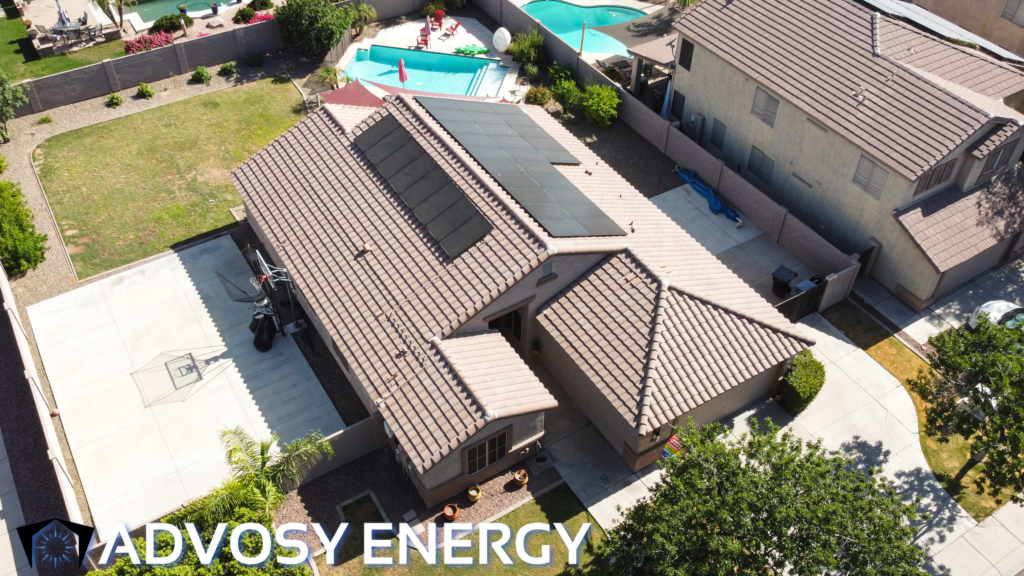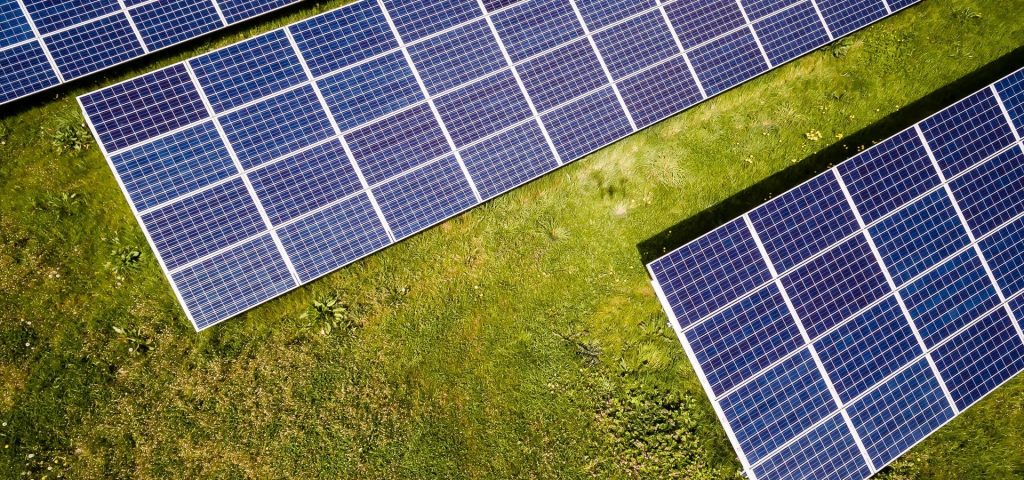The state of Arizona has a unique set of challenges when it comes to energy usage within its residential buildings. With an arid climate and rising temperatures, the need for efficient energy use is particularly important. As such, understanding where residential building are using the most energy can help inform strategies for conservation as well as policy decisions surrounding energy efficiency initiatives in the area. This article will explore where existing residential buildings in Arizona are using the most energy, with particular focus on how this varies between different types of dwellings.
The first section will provide an overview of how much electricity is being used by residential buildings in the state on average. Additionally, sources of data relevant to determining which parts of these buildings contribute most significantly to overall consumption levels will be discussed. Following that, several categories of residential structures—including single family homes, multifamily units and mobile homes—will be examined more closely in order to better understand any disparities present across them. Finally, potential areas for improvement that could reduce overall energy expenditure among all housing types in Arizona will be addressed.
Overview Of Energy Consumption In Arizona
Arizona has long been dependent on energy sources, both domestically and internationally. Energy consumption in the state has grown steadily over recent decades as a result of population growth, economic expansion, and technological advances. Arizona is one of only two states that produces more electricity than it consumes, making it an important part of the Southwest’s overall power mix. The majority of Arizona’s total energy requirement is met through coal (36%), natural gas (34%), nuclear (14%) and other renewables (16%).
Residential buildings are responsible for approximately 40% of all energy consumed within the state. Heating and cooling account for approximately half of residential energy use. Appliances such as refrigerators, freezers, dishwashers, washers/dryers, lighting systems and water heating also contribute to this figure. In addition, new technologies have enabled homes to become increasingly efficient with their energy use by implementing improved insulation tactics or installing renewable energy sources such as solar panels or wind turbines.
Building Types And Their Energy Usage
In Arizona, residential buildings use the most energy for cooling and heating. According to the U.S. Energy Information Administration (EIA), in 2017, households in Arizona used an average of approximately 1,035 kWh per month for space-conditioning purposes. This accounted for more than 50% of total residential electricity consumption in the state that year. In comparison, lighting only accounted for around 8%. Furthermore, single-family homes consumed more energy than multi-family dwellings such as apartments or condominiums. Single-family residences were responsible for about 70% of all residential energy usage compared to only 30% from multi-family dwellings.
Moreover, certain types of building materials can affect how much energy is used in a residence. For instance, homes with masonry walls tend to consume less energy due to their higher thermal mass capacity which helps regulate indoor temperatures better throughout different seasons. Similarly, using light colors on roofs and other external surfaces also helps reflect sunlight away and reduce heat gain inside the home during summer months when air conditioning systems are running at full capacity.
Heating And Cooling Systems
In Arizona, residential buildings use the most energy for heating and cooling systems. Heating is used in winter months to keep homes comfortable while cooling is used during the summer when temperatures are high. The U.S Energy Information Administration reports that space-conditioning applications account for an average of 44% of total residential electricity consumption in Arizona. According to a study conducted by the American Council for an Energy Efficient Economy (ACEEE), homeowners can reduce their energy usage and bills through proper installation, maintenance, and efficient operation of their heating and cooling system components.
Insulation and weatherization upgrades such as sealing air leaks around windows or adding insulation to walls also help improve efficiency. Furthermore, installing programmable thermostats allows users to set temperature settings according to their schedule so that the system does not operate unnecessarily when no one is at home. With these practices, residents can expect immediate savings on utility costs along with long-term benefits from reduced emissions associated with energy production.
Lighting, Appliances, And Electronics
In Arizona, residential buildings use the most energy for lighting, appliances and electronics. These three categories account for nearly 40 percent of total energy usage in homes. Lights tend to be left on longer than necessary, with many people leaving them on when they leave a room. To conserve energy and reduce costs, it is important to install LED lights or other more efficient light bulbs and switch them off when not needed.
Appliances such as refrigerators, dishwashers, washers and dryers contribute significantly to overall energy usage in households. It is therefore important that these are used efficiently by setting appropriate temperature settings (for example) and only running full loads whenever possible. Additionally, using Energy Star certified products can help save even more money over time.
Finally, electronic devices such as televisions, computers and phones also consume a large amount of electricity if left plugged in continuously; unplugging unused items or investing in power strips which can be switched off when not being used can greatly reduce the amount of energy wasted from this source.
Water Heating Systems
Water heating systems are a major source of energy usage in residential buildings within Arizona. Electrical, gas and solar water heaters can be used to provide hot water for bathrooms, kitchens and other types of domestic activities. Electric water heater models tend to be the most common type found in residential dwellings as they are considered more reliable than their gas counterparts due to the lack of combustible gases being vented into the atmosphere. Solar powered systems have become increasingly popular over the years with many homeowners opting to reduce their energy consumption by utilizing alternative sources such as sun-generated electricity.
However, these systems require proper installation and maintenance if they are to remain efficient throughout their lifespan. Additionally, some areas may not receive enough sunlight or have access to appropriate resources needed for installation making them less suitable for certain regions. Regardless of which system is chosen, it is important that all installations meet local safety regulations and code requirements so that potential issues can be avoided down the line.
Strategies For Reducing Residential Building Energy Use
In Arizona, residential buildings use the most energy in heating and cooling. To reduce residential building energy use in Arizona, homeowners should employ strategies such as installing more efficient HVAC systems; sealing off leaks around windows and doors to decrease drafts; making sure insulation is installed properly; setting thermostats at appropriate temperatures during summer and winter months; replacing incandescent lightbulbs with LED lights that are Energy Star certified; using a programmable or smart thermostat for controlling temperature levels remotely; unplugging electronics when not in use; utilizing ceiling fans to increase air circulation within rooms; investing in solar panels for electricity needs where applicable.
These strategies can help lower total costs associated with utility bills while also reducing emissions of pollutants into the environment. Homeowners may further benefit from taking advantage of available incentives or rebates offered by their local electric company or other sources. Implementing these tips can lead to improved comfort and efficiency while helping protect natural resources.
Alternative Sources Of Power
In Arizona, residential buildings use the most energy for heating and cooling. To reduce their reliance on traditional sources of power such as natural gas or electricity, many homeowners are turning to alternative sources of energy. Solar photovoltaic systems are a popular choice due to their ability to generate clean electricity from sunlight. In addition, solar thermal collectors can be used to produce hot water while reducing dependence on conventional fuels. Wind turbines provide another renewable source of energy that can help supplement or replace existing energy needs in some cases. Finally, geothermal systems harness the earth’s internal heat for various applications including space heating and cooling, providing an efficient way to manage home comfort without relying solely on fossil fuels.



